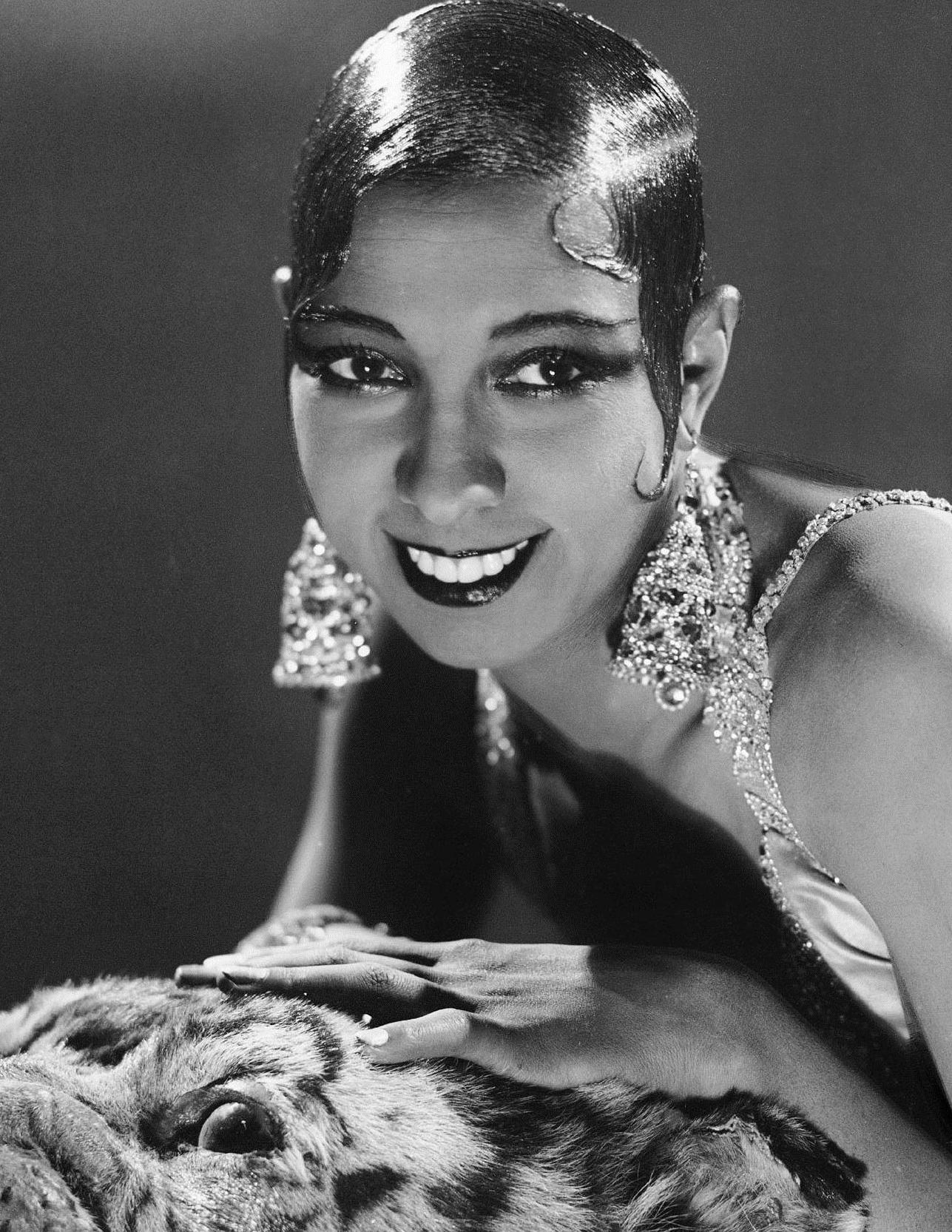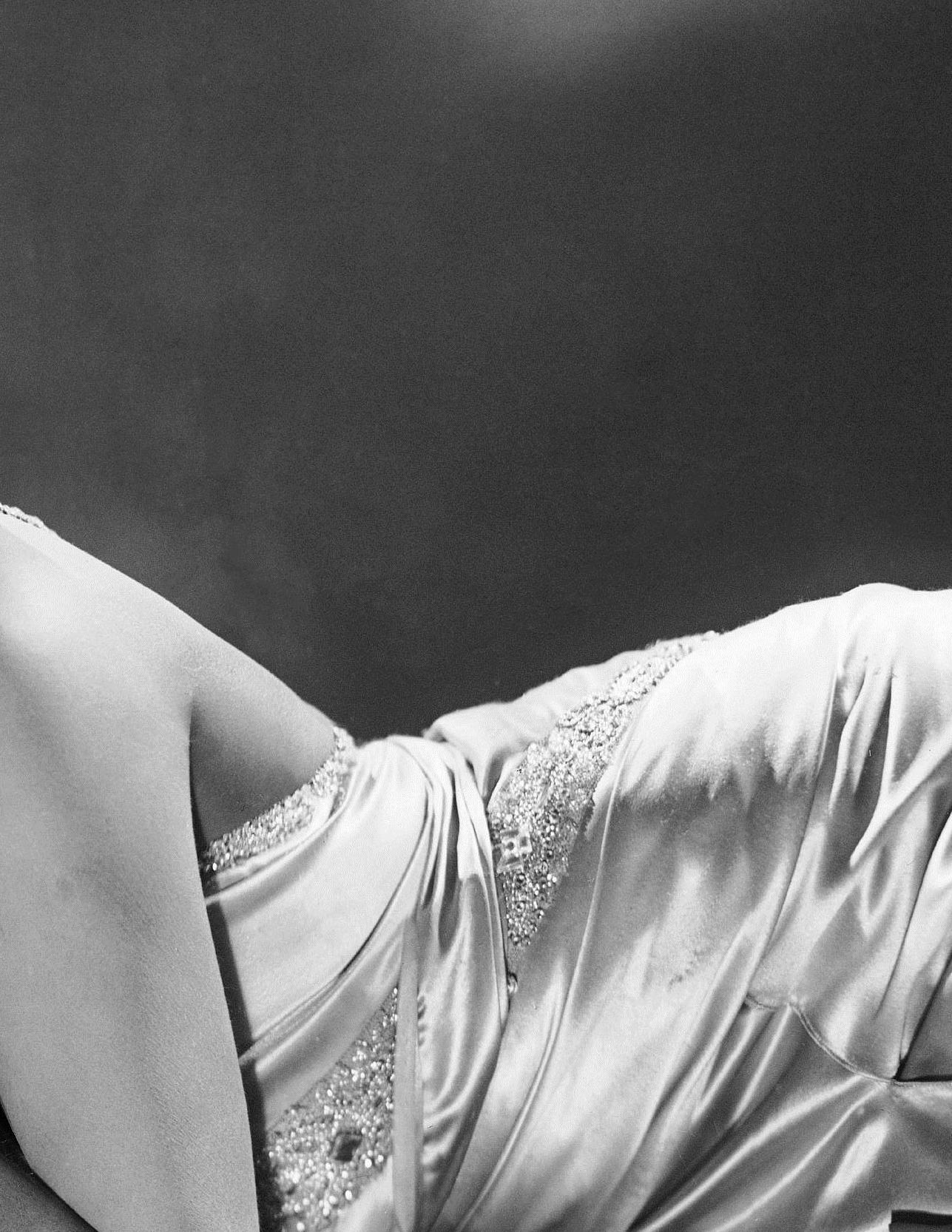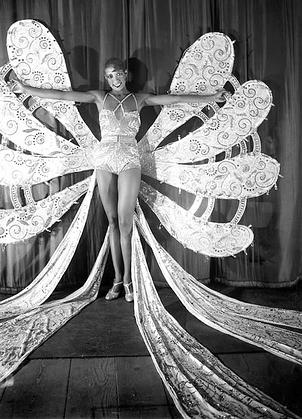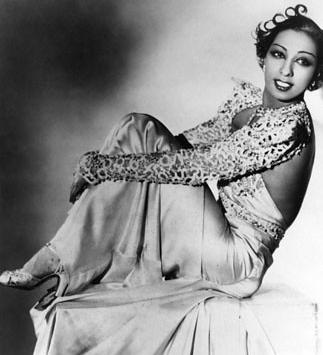
7 minute read
Les Années Folles Josephine Baker and the ‘Roaring Twenties
Coleen Cocles LES ANNÉES FOLLES
Actress, activist, singer and dancer, An American-born, French entertainer innovates and dominates the globe in a new decade.
Advertisement
Designed by Sandile Nyandoro


The year 1920 marked the beginning of a new decade...
A century has since passed so to celebrate the beginning of 2020, I’ve decided to delve into the iconic era of the 1920’s.
Two years after the First World War, the world wanted nothing more than to move forward and forget the terror of the war, the pain and losses.
France is slowly reconstructing itself steps-by-steps and the economy of the country is slowly growing. Paris soon becomes a center for youth, culture and wealth, and partying, freedom and euphoria are the three words marking “Les Années Folles” – the crazy years.

A worldwide phenomenon
France wasn’t the only country who wanted to forget the terror of the war and buried by burying itself in a decade of parties, euphoria and new things. Les Années Folles” in France, was the “Roaring Twenties” in England, and “Goldene Zwanziger” (the Golden Years)in Germany. The phenomenon of drastic social, political and economic changes took over several countries and transformed their ways of life. The apparatus of radio changed the way information was shared and exposure to media is was reinforced.
The idea of Mass Culture started emerging and slowly installed itself in people’s life on every levels. New products such as electrical home appliances or automobiles became necessities for a great number of households and fundamentally changed people’s way of life.
Paris, cultural and creative epicenter
In French culture, Paris has always been the heart of the party. In the 1920s, new important names and stars in the entertainment industry arise and new cultural and artistic movements emerged. One of these famous artistic movement was the Surrealism. Surrealism rose in the early twenties, taking its roots from the movement Dadaism. Andre Breton, pioneer of the movement, described it as a “pure psychic automatism, by which one proposes to express, either verbally, in writing, or by any other manner, the real functioning of thought.” in his Surrealism Manifesto (1924). International meetings of artists and expositions of artworks were organised in cafes or halls in Paris. The cinematographic industry also rose with silent movies in black and white.
Sex, Dance and Jazz: Paris’ new image
Sex, Dance and Jazz ae the perfect words to describe Paris during “Les Années Folles”. The feeling of liberty could be seen everywhere in Paris. Pictures of naked women, dancers dressed in next to nothing illustrated this era. Exotic dancers, such as the infamous Josephine Baker, and cabarets were well known and frequented by men and women alike, and the idea of sexual liberty was severely anchored in Parisians’ minds.
Jazz and Charleston became the music of the decade, brought by African Americans fleeing their oppressive country and the rise of the KKK, who advocated white supremacy and committed a lot of hate crimes toward African Americans. By bringing those energetic and lively rhythms and dances, they gave something that was needed after the war, a little bit of life. The emergence of exoticism in France made Jazz and Charleston very popular to the French audience. Their taste for ‘the exotic and the different’ opened doors for people, in a manner that we would have seen as racist today. ‘La Revue Nègre’ is one of the best examples. If it did mark Josephine Baker’s career as a performer, their posters for their shows were less than flattering, representing derisory caricatures of black people with exaggerated figures.
The music brought new interests in the youth. Dance halls were full with people dancing Charleston, women wearing fluid dresses, hair in a bob and an hair band, often seen holding a cigarette holder and moving to the frenzied rhythm of Jazz.
The Parisian woman and the 20s
A new image of the Parisian woman appeared, more fitting to their state of mind. The idea of women independence—an idea that started during WWI— was starting to be more included in people’s mind. Fashion changed, women wore shorter skirts, boy-ish hairstyles, more comfortable but also fancier outfits. One of the model for such fashion was Mademoiselle Coco Chanel. Mrs. Chanel is still relevant today as an style icon. In 1920 her business was thriving, the iconic perfume Chanel No. 5—still well known today— was launched and it was quickly followed by the little black dress and the Chanel suit. Women said goodbye to their tight corsets and hello to new, chic and more comfortable clothes. The Parisian woman image changed from the sophisticated and covered silhouette from “La Belle Époque” to “La garçonette” of the 1920s.
Paris also met an increasing number of lesbians and bisexual women, an occurrence that used to be very rare before that time. A lot were Americans who fled their oppressive country for Paris. Gay restaurants and bars were very frequent and a great number of them were owned by lesbians. It was not uncommon to see pictures of masculine women accompanied by more feminine women, sitting together at a bar, as a couple. Pigalle and Montmartre were the heart of the party but the Left Bank was not neglected, as private salons were scattered all around.
Among these lesbian and bisexual women you can count quite a few big names in the artistic world.
For example, Gertrude Stein, one of the infamous writers of the ‘Lost Generation’ (an expression used to describe the artists of the post WWI era) was well known for her book ‘The autobiography of Alice. B. Toklas’, a book about her long-life partner.
There was also Claude Cahun, a french surrealist photograph whose work were unconventional and gender queer based. They embraced the idea of gender-fluidity and gender neutrality. Their pictures of themselves bald headed, with neither masculine nor feminine clothes and staring straight at the lens of their camera, are one of their most famous, as well as their autobiography, ‘Aveux non Avenus’. Most of their works were done alongside their partner, Marcel Moor
Josephine Baker, icon of ‘Les Années Folles’ was a bisexual woman and was involved with famous artist Frida Khalo.

The Icon: Josephine Baker
Whenever you talk about the 20s in France, there’s a name you’re surely going to hear. Josephine Baker, symbol of Paris’ sexual and sensual liberty, was a famous dancer, singer and actress. Born in America, she traveled to Paris to perform in ‘La Revue Nègre’ as a dancer.
Her fame followed her until her death. She was known as a great performer during 20s and the 30s, but also for taking part in the French Resistance during WWII and also for her activism against racism. She was the first woman to receive military honours for her funeral.
France’s obsession with exoticism and Jazz gave her a wide audience. She was sensual and passionate, her body was appreciated by all. Her famous ‘Danse Sauvage’ was met with a lot of appreciation. She danced almost naked, with only a feather skirt or her infamous banana skirt, enthralling her audience and gathering more and more fame. She quickly became a top performer during the decade.
She was unconventional, made a difference, not only on stage but with her personal life as well. She had multiple relationship with other women, as stated in her biography written by her adoptive son, Jean-Claude Baker. Her most famous relationship had to be with Frida Khalo, a Mexican painter well known for her portraits. She also adopted twelve children of different backgrounds, who were dubbed the “Rainbow Tribe”.
1929: The end of an era.
If “Les Années Folles” began with a major economic growth, it was an economic crisis that ended this iconic era.
The term “Black Thursday”, used to indicate the famous day of the Wall Street Crash, showing the failure of the 20s capitalist system.
Soon enough, the economy collapsed completely and expanded worldwide. The years of recklessness and fun were officially over, making way for the most critical financial and economic worldwide crisis: The Great Depression of the 30s. As of today, the stock market crash of 1929 is still the most destructive one in history.










